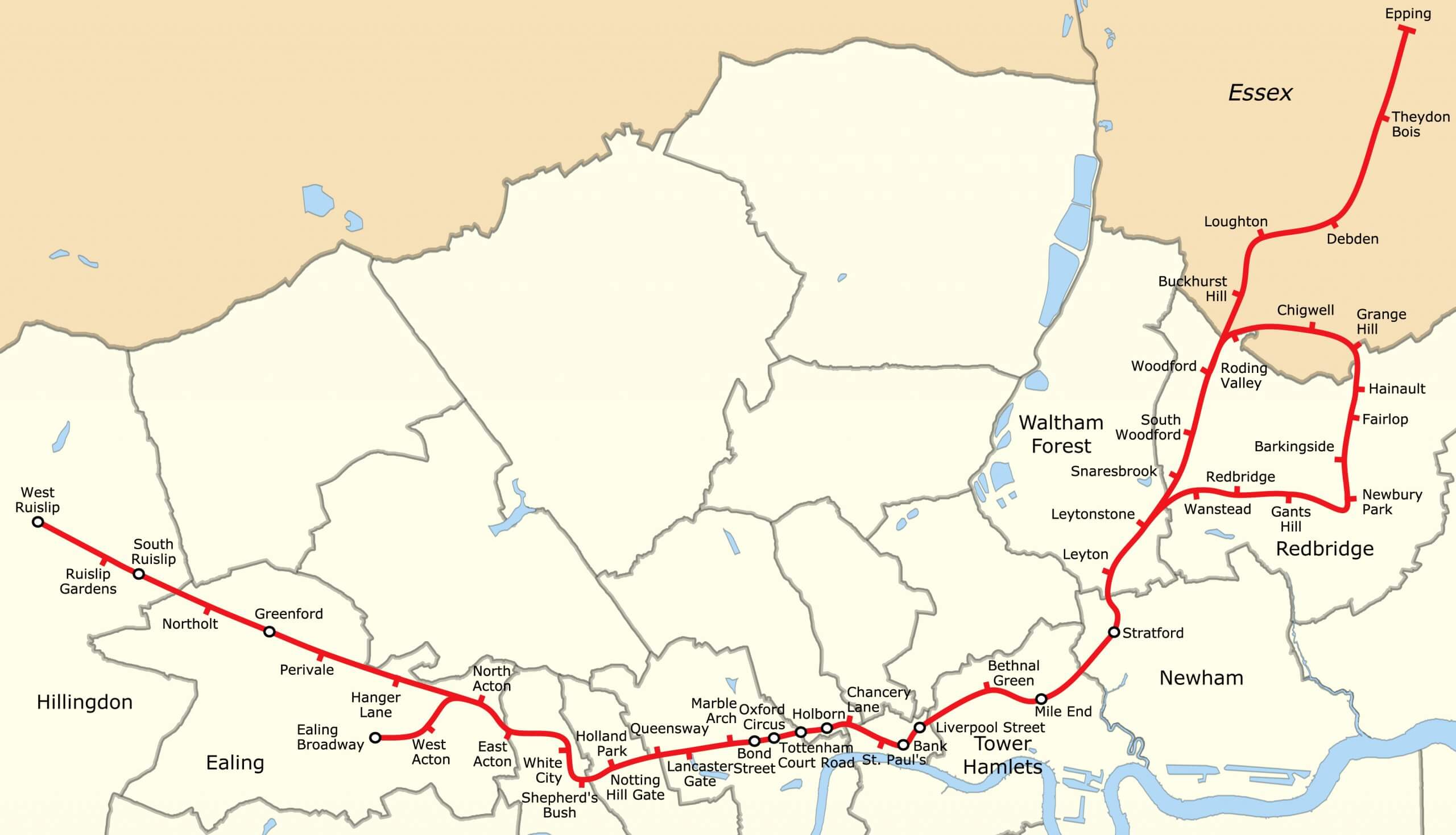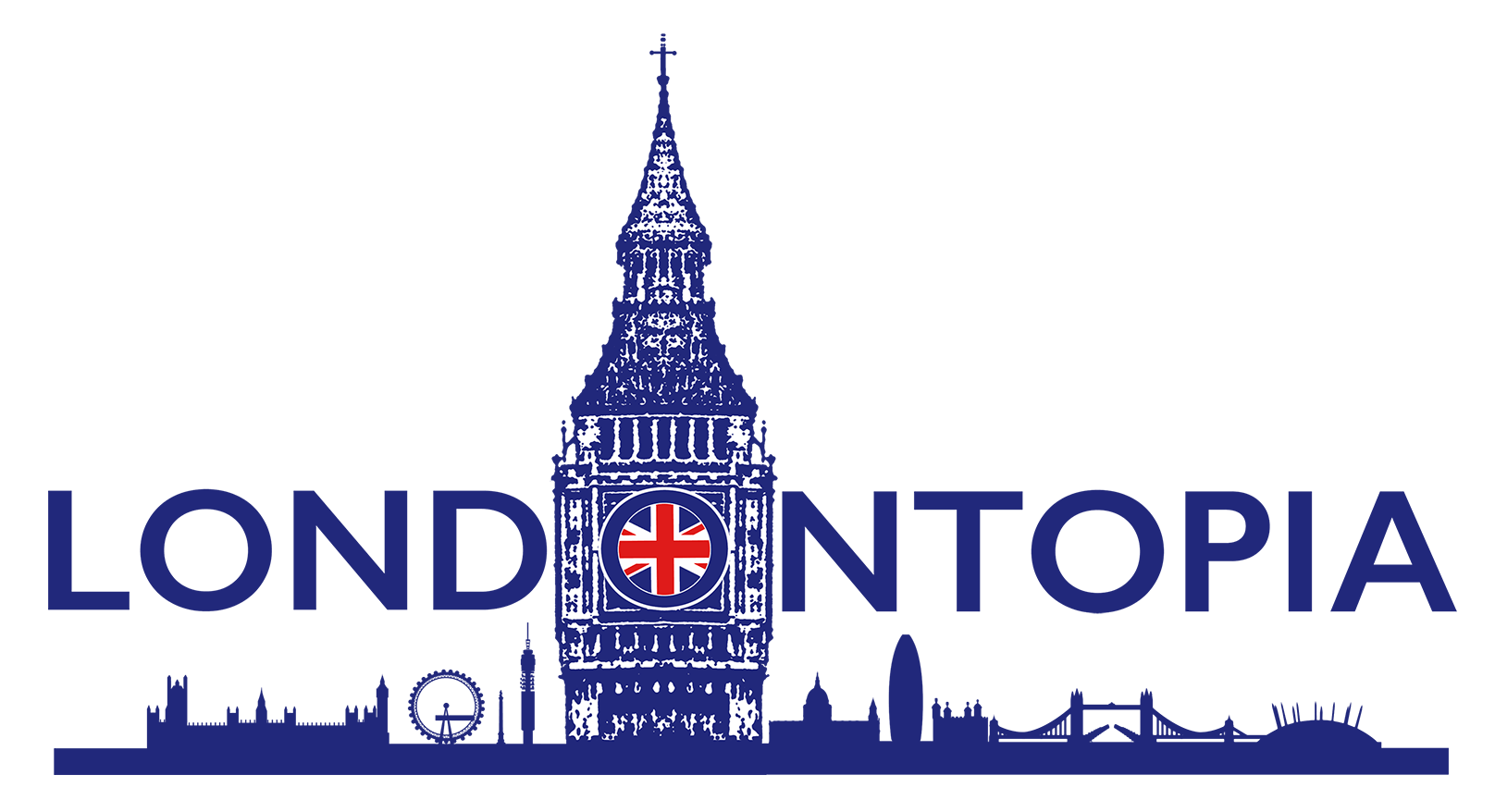For over 121 years, the Central Line has been a central part of the London Underground. Its importance is can be exemplified by the fact that it’s the longest Tube line in the city at forty-six miles that serve forty-nine stations, from West Ruislip to Essex. The Central Line has been a vital part of London’s history and culture since it opened in 1900, and we’re going to take you on journey through the Central Line’s history from its origin to its terminus and all the important moments in-between that make it so significant.
The Central Line’s origins start about eleven years before it actually opened. The Central London Railway established itself as a corporation in 1889 and published a pamphlet announcing its intention to present a bill to parliament for a new underground railway. Unlike previous underground railways that had started as steam-powered, the Central Line was proposed to be entirely electric. The original route proposal started in Queen’s Road and ended at King William Street in the City of London with a connection to the City and South London Railway. The Metropolitan and District Railways to the north and south of the proposed line objected, along with the City of London Corporation, the Dean and Chapter of St. Paul’s Cathedral, and Joseph Bazelgette (the designer of the city’s sewer system).
With the original bill killed by the opposition, the CLR tried again in 1891. To address concerns, the route was modified, in the process making it longer with one end at Shepherd’s Bush and the other at Cornhill. This bill was passed by Parliament and received Royal Assent in August, but a few months later, the CLR submitted another bill modifying the route again, this time reaching the Royal Exchange (now Bank Station) and turning upwards to end at Liverpool Street where it would connect with the Great Eastern Railway’s terminus. This proposal received royal assent on June 28, 1892, and then the real work began—fundraising.

It took nearly three years for the CLR to raise the money it needed for construction and to hire the contractor, deciding upon the Electric Traction Company Limited in 1894. It financed the remainder of the railway through selling stocks and was finally ready to start construction in 1896. The CLR hired three engineers and used the tunneling shield method that had been utilized for the City and South London Railway. To alleviate concerns about the destruction of buildings, the tunnels followed the roads above, which is why the most central part of the line has such a windy path. Tunneling was completed in 1898, and additional delays caused by negotiations with the City of London nearly bankrupted the CLR and necessitated another bill in 1899 to extend the time for opening to another year. Meanwhile, many of the above-ground stations were designed and constructed by Hell Bell Measures. These were single-story structures with a beige terracotta edifice that could permit additional commercial or residential construction on top of them.
Finally, the Central London Railway opened on June 27, 1900, with the event attended by the Prince of Wales (the future King Edward VII). This was just a day before the 1899 bill was due to expire and the line didn’t open to the public until July 30. With initial prices at two pence, the CLR quickly earned the nickname “The Twopenny Tube” from the Daily Mail, which was eventually shortened to “The Tube”, a nickname now applied to all of the London Underground. Reversing loops were added in 1902, followed by further extensions of the line in 1907, 1909, and 1911. As competition amongst lines increased, the CLR opted to promote itself through technological advancements, but all the efforts to compete became fruitless when the lines were all incorporated into the London Passenger Transport Board in 1933.

The Central Line was largely unaffected by World War I, but World War II was a different story. Parts of the line were converted into underground aircraft munitions factories while many stations served as bomb shelters during the Blitz. Further expansions were halted in June 1940 and resumed after the war ended, expanding to Greenford in 1947 and West Ruislip in 1948. Further expansion to the west was denied due to London’s new Green Belt, but the line further advanced to the northeast all the way to Epping.
The history of the line in the late-20th and early-21st centuries was largely quiet, focused on modernizing the line in the 1990s. Sadly, tragedy struck in 2002 when a train derailment at Chancery Lane resulted in the deaths of thirty-two passengers. The line was also one of many that were partially privatized with Metronet that same yet but reverted back to Transport for London in 2007 when Metronet went into administration (bankruptcy). Since that time, the Central Line has remained in the public care and in public service, transporting over 280 million passengers per year.


